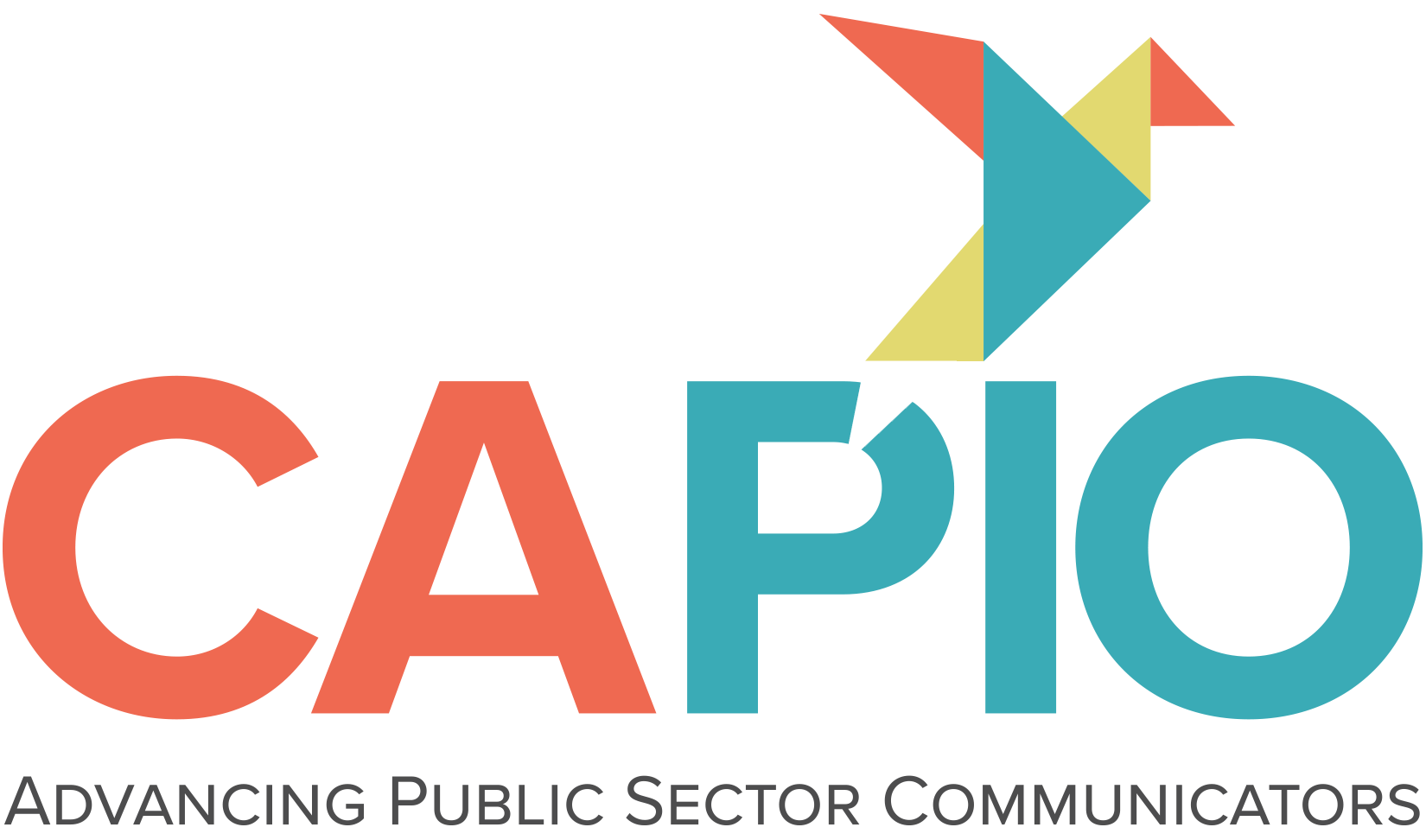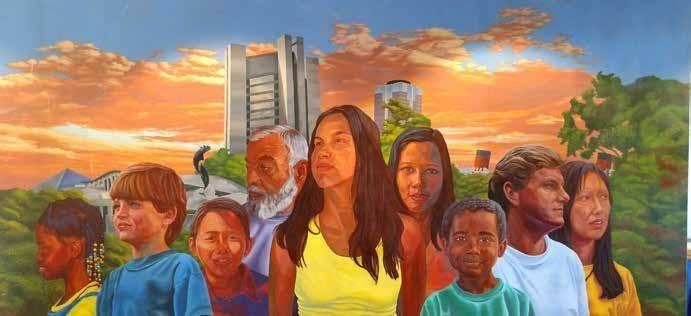Incorporating an equity lens and inclusion in community outreach and engagement efforts
Community outreach and engagement is an essential component of ensuring a government agency’s decision-making is properly informed with the community’s input. Community outreach and engagement may seem like a simple process. However, ensuring that the process is meaningful, equitable and inclusive requires a lot of planning and intentionality.
The City of Long Beach is a large city made up of diverse neighborhoods and communities. In its commitment to fostering economic development that is equitable and inclusive, the City implemented a multifaceted, multicultural outreach/campaign in 2018 called the Economic Inclusion Listening Tour. The purpose of the effort was to engage community members who have been historically underrepresented in economic development and co-create community solutions that would advance economic opportunity in Long Beach.
This is a broader a component of the City of Long Beach’s “Everyone In” Economic Inclusion Initiative, which focuses on creating a local economy that includes and benefits every Long Beach resident. Economic inclusion is a focus area of the Blueprint for Economic Development which strives on creating economic opportunities for workers, investors and entrepreneurs.
City staff in Long Beach intentionally incorporated an equity lens and an inclusion approach in the Listening Tour by uplifting underserved and marginalized communities through their assets, knowledge and lived experiences. City staff leveraged the following equity and inclusion strategies in the community outreach and engagement process.
Disaggregate data to determine communities most in need. To engage communities most in need, it is important to conduct a data analysis by disaggregating data by race/ethnicity, gender, age, geographic area, income level or by other relevant indicators. Disaggregated data shows how outcomes vary by community and/or neighborhood. The disaggregated data provides a more comprehensive landscape of the issue at hand by different subpopulations and helps identify communities and/or neighborhoods with the greatest inequities.
Collaborate with trusted community partners. Engaging local trusted community partners is another vital strategy. Trusted community partners help bridge the gap with trust and credibility with government entities and communities. They also provide context around local history and cultural norms with different communities which is imperative for community outreach and engagement.
Meet the community where they are at. Outreaching at local community hubs such as farmer’s markets, barber shops, hair salons, senior centers, community centers, libraries, restaurants, and laundromats is a great way to build trust and foster relationships with communities outside of traditional government spaces.
Address Barriers to Public Participation. Providing translation and interpretation resources is fundamental for engaging limited and non-English speaking communities. These resources should include translating marketing materials and offering offering simultaneous interpretation at community outreach and engagement events. In addition, the following strategies should be incorporated to address participation barriers (identifying locations that are easily accessible and community-friendly; selecting times that work best for the community and don’t conflict with cultural holidays; providing incentives such as food, beverages, giftcards; and having a space for the children).
Draw upon the assets, knowledge and lived experiences of communities. To set the tone for meaningful dialogue, community agreements should be established at the beginning of each discussion. A community circle format can be used to eliminate a “top-down approach” and create a space that was transparent and fosters power-sharing where everyone can contribute their perspectives and experiences. Incorporate storytelling with two-way dialogue to draw upon the assets, knowledge and lived experiences of communities.

